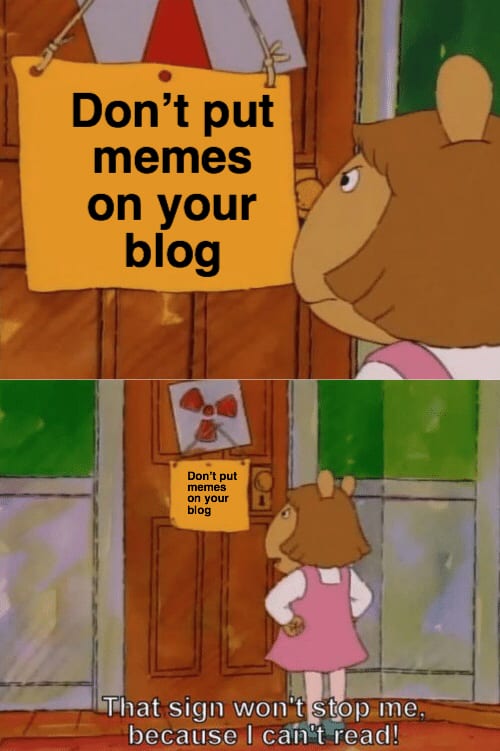So we recently went to Oregon (again). But this time it wasn’t to learn about sea life and sleep on submarines. We were learning about the making of the Atomic Bomb (a kind of pointless name considering every bomb is made of atoms, making them all technically atomic bombs.)
So we made a whole video about the site that helped make the plutonium for the bombs, called Hanford. Hanford is a place in Washington, so we actually got to visit there to take shots on site! It was very interesting to learn about, and the video came out very well:
But anyways, lets get a bit of historical context so we can back track on the making of the video.
So, the Germans had just surrendered in WWII. Everyone is still fighting the Japanese, who refuse to surrender. Then FDR (President Roosevelt for those who are confused) died. So the next in line, Truman, has to step in to become President. And what does he get told on his first day?
That America’s been secretly working on atomic bombs and it’s his choice whether he wants to drop them on Japan.
Yeah, a kind of heavy decision to make after you’ve just been made President. So Truman had to deal with the burden of deciding whether or not to kill a multitude of people or risking losing the war. So Truman eventually decided to continue making the bomb.
The first Atomic Bomb, Little Boy, was dropped on Hiroshima on August 6th. To learn more about that, we did Newsreels on that. Newsreels were shown normally in cinemas, as a bit of a news update. We recreated a newsreel about the dropping of the bomb:
A lot of people worked on the Manhattan Project. To help us get a better understanding into the personal lives, each person in our class created a character card on someone who worked on the Manhattan Project. I chose Lilli Hornig, who worked at Los Alamos, the main site that actually made the bombs:
Now, onto the big project: the video. The purpose of our video was to give five facts about Hanford, all within a basic theme. My group, consisting of Sam and Ethan, chose to focus on working there. How did people get recruited? What was the deal with secrecy? We were all curious about it, so we went ahead.
We got to film on site, which was very interesting! We got to go to the B Reactor, which created plutonium to help make the atomic bomb, as well as learn a bit about the history of Hanford.
So in the end: How did the atomic bomb affect those working at Hanford? Well, it certainly changed their lives. They barely knew what they were working on but they signed up anyways. Even after the bomb dropped, they were so proud of being a part of them. Today, the decision to drop the bomb becomes more controversial, people wondering if it was worth the lives lost. But the people at Hanford hold it with pride, proud to have helped America.
Anyways, I’ll see you guys next time
Read You Later
Sincerely, Parker




